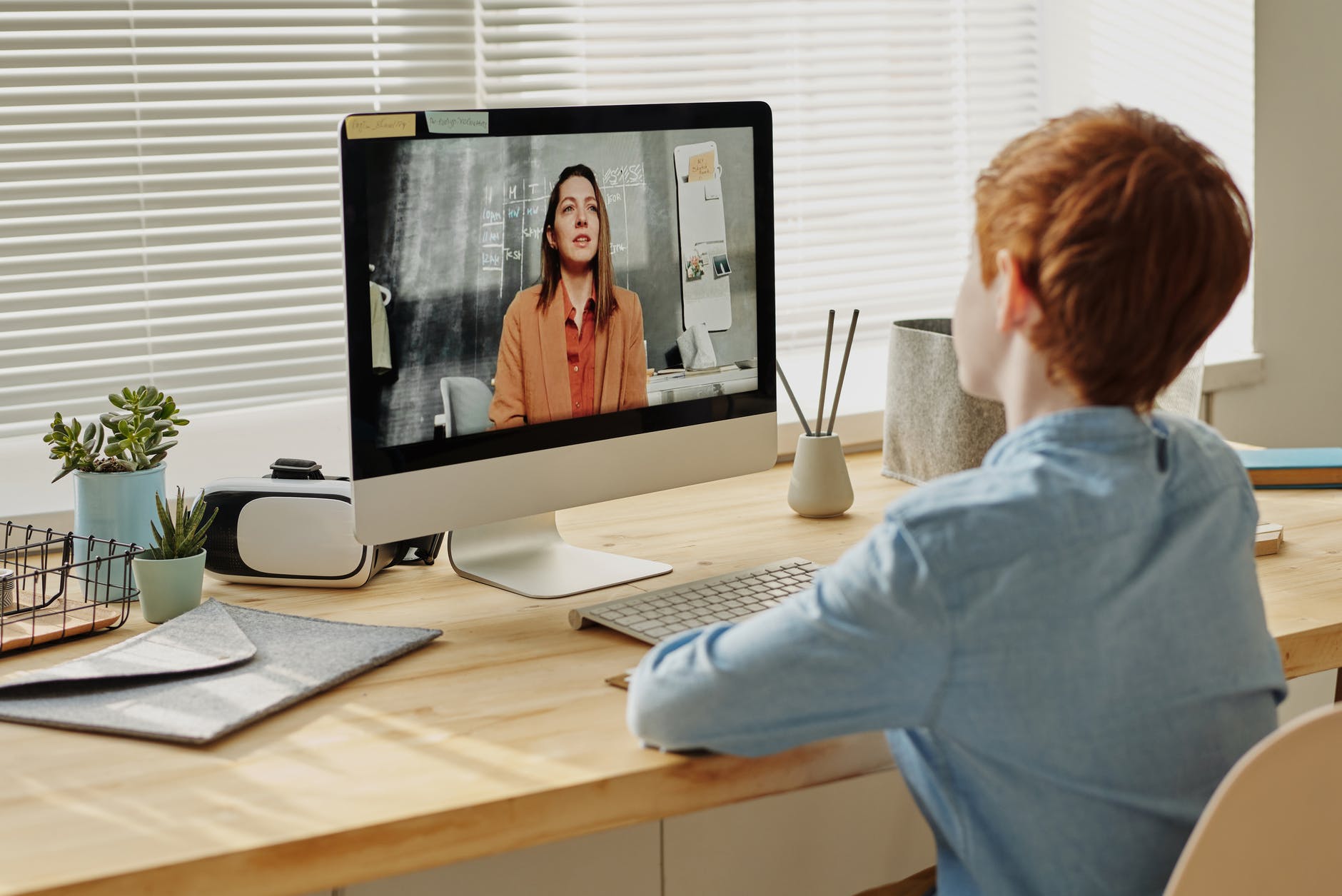What Back-to-School Could Look like in the Fall
 School may be out for the summer in America, but schools, primary, secondary, and higher education alike, are all considering how to undertake back-to-school procedures this fall. Covid-19 has completely shifted the way we approach gathering together, drastically impacting education. Educational institutions around the country, and around the world, are putting in place a variety of different protocols and practices to ensure the safety of students, faculty, and staff.
School may be out for the summer in America, but schools, primary, secondary, and higher education alike, are all considering how to undertake back-to-school procedures this fall. Covid-19 has completely shifted the way we approach gathering together, drastically impacting education. Educational institutions around the country, and around the world, are putting in place a variety of different protocols and practices to ensure the safety of students, faculty, and staff.
International Approaches
First, let’s take a look at what schools around the globe are doing to combat the spread of Covid-19:
-
Classrooms in Denmark, Israel, and Norway will place student’s desks 6 feet apart.
-
No physical contact is allowed between students or teachersIn China, Taiwan, and Japan. Teachers also take each student’s temperature before they enter the school building.
-
Taiwanese schools are requiring full-time face mask usage in schools.
-
Students in Eastern China wear hats that are three feet wide to help them practice social distancing.
-
In Denmark, parents may not enter school buildings. Class sizes have been cut in half or even in thirds, with classes occurring outside when possible.
Danish Prime Minister Mette Frederiksen talks with students at the reopening of the Lykkebo School in Copenhagen, Denmark. via Philip Davali/Reuters
The CDC recommendations for primary and secondary back-to-school plans align with some of the procedures implemented by other countries.
CDC Recommendations for Elementary Ed
School will look very different for both students and teachers when classes resume this fall. Current health statistics and worries over a second wave of Covid-19 hold great concern. So the CDC has released detailed recommendations for schools and universities upon returning to classes.
The CDC recommends that primary and secondary educational institutions continue to promote healthy hygiene practices, like hand washing. Recommendations also include increasing disinfection of school buses and objects that are frequently touched in the school, like door handles and water fountains. Some schools may also limit extracurricular activities and access to communal spaces. Daily health checks may also be implemented, in addition to limiting the visit of nonessential visitors. Meals could be also served in classrooms with desks at least six feet apart.
CDC Recommendations for Higher Ed
Recommendations for colleges look similar to those for primary and secondary schools, including a pre-plated option for dining halls, limiting the number of students living on campus, and offering remote learning options for students. Some colleges are even considering returning for in-person class for the first part of the semesters but transitioning to remote classes post-Thanksgiving.
Schools around the country are looking at other ways to limit contact between students and teachers. For example, some Michigan school districts are considering a rotating plan, with students coming to in-person classes either two or three days a week. Alternatively, colleges and universities across the nation are evaluating the benefits of delaying the start of the semester until September. Some are considering an even later start to the traditional fall semester.
What will the Future Hold?
The concerns facing the U.S. about a second wave as the public reopens are already affecting some parts of the world. For example, several countries, including Lebanon, Algeria, and Hokkaido, have experienced resurgences in the number of new cases, forcing a second lockdown. South Korean schools recently reopened but quickly closed again due to a spike in new cases.
But keeping schools closed could have big impacts on the economy. Parents will have to acquire extra childcare and spend more time at home caring for children. This means that they would be limited in their ability to work and help kickstart the economy again. Colleges could also face some serious monetary woes; reduced enrollment means lower revenue, with hits to endowment funds, the freezing of faculty salaries and hiring, and the suspension of discretionary spending.
Back-to-School Future Recommendations
Based on the experience of other countries and financial predictions, school leaders have a good deal to consider as the fall approaches. We’ve seen various approaches to these challenges across the world. These include restrictions on who can enter schools, new physical set-ups, and full-time face mask usage. Here are some ideas for schools and colleges to consider in the reopening process:
-
First and foremost, follow CDC recommendations for schools and colleges.
-
Evaluate the needs of your community and region, including consideration of residential versus non-residential campus life. Talk with local health officials to learn about the specific risks and concerns facing your community.
-
Schools may also consider implementing acrylic shields in those areas where social distancing guidelines are not attainable. Several office spaces have begun to include sneeze guards in the workplace. These are an easy and unobtrusive way to protect students, faculty, and staff from the spread of the virus.
Primary, secondary, and higher education schools have some tough decisions to make about the future of schooling in the U.S.. Classes will look a little different in the coming months, with altered schedules, new seating arrangements, and the possibility of more remote learning. Schools can best meet these educational challenges by following CDC recommendations, adapting to the needs of their communities, and continuing to encourage students, faculty, and staff to practice healthy behaviors.
Want to learn more about how COVID-19 is impacting our world? Check out our other blogs!
